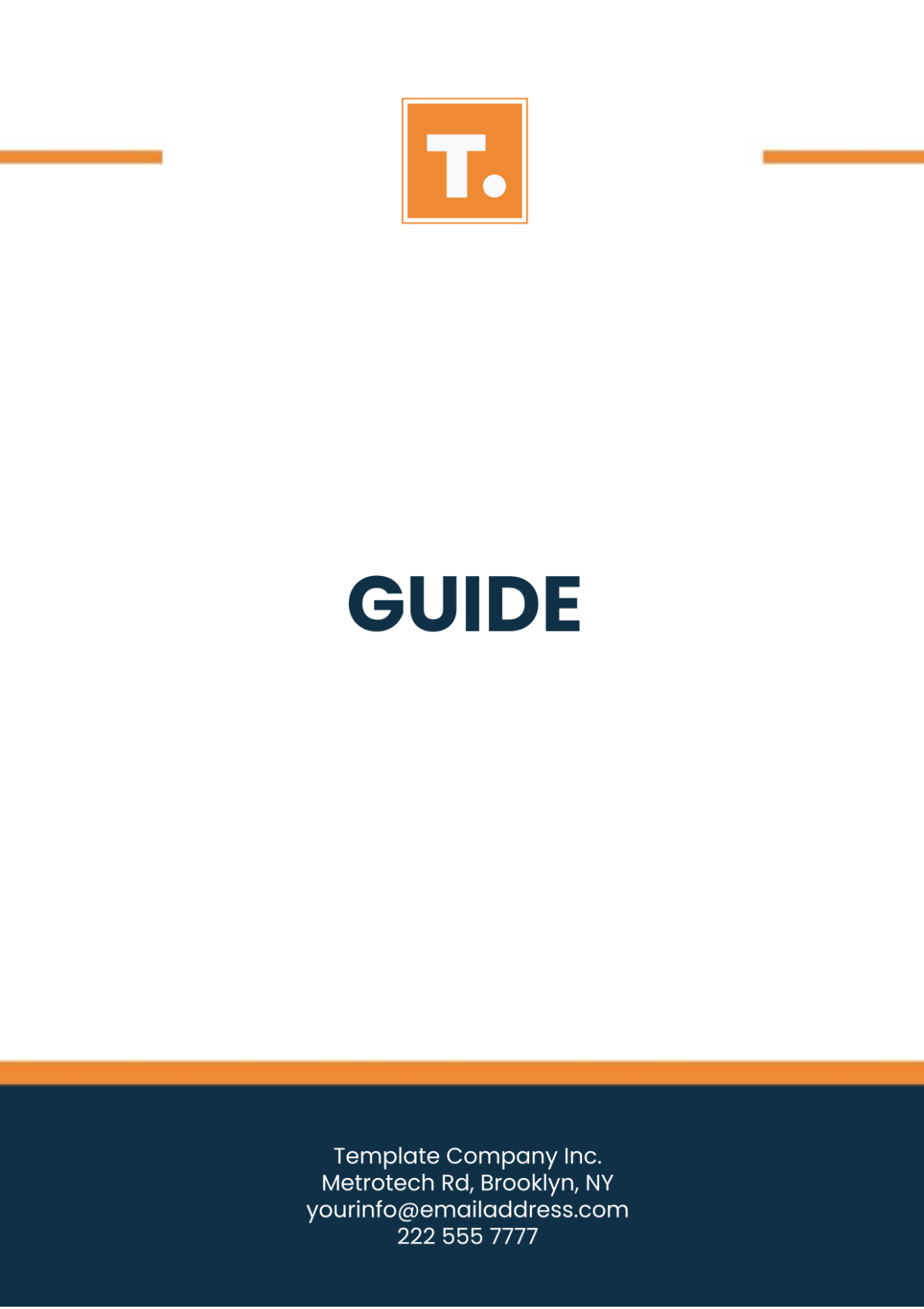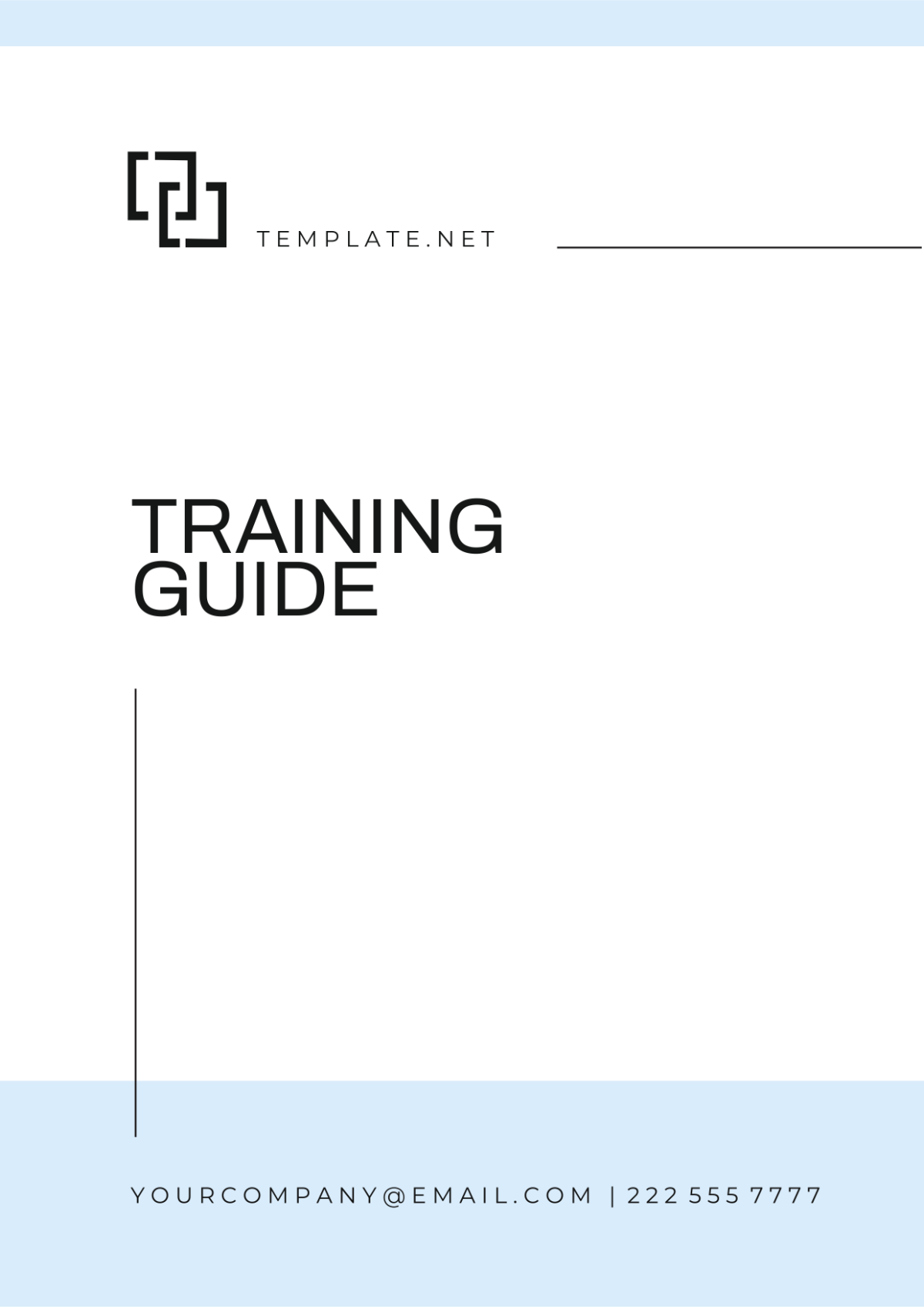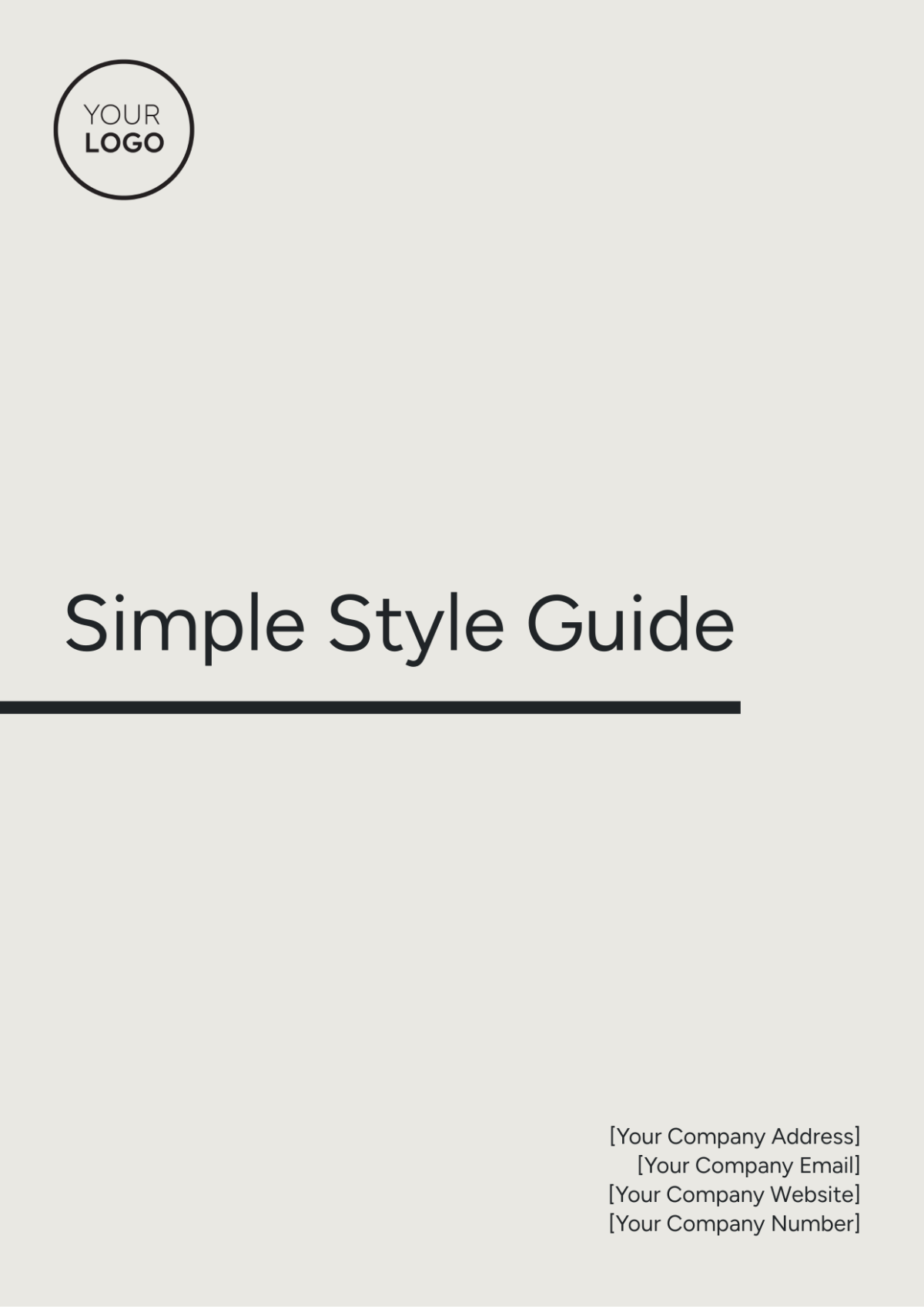Code of Conduct Guide
I. Introduction
The Code of Conduct serves as a cornerstone for ethical operations within [YOUR COMPANY NAME]. It outlines the behaviors and practices that are expected of all employees and associates. Adhering to this code is crucial in maintaining the integrity and professionalism of our workplace.
II. General Principles
A. Compliance with Laws
All employees must conduct business in accordance with both the letter and the spirit of all applicable laws and regulations of the jurisdictions in which [YOUR COMPANY NAME] operates. This includes, but is not limited to:
Employment and labor laws
Anti-corruption laws
Data protection regulations
B. Respect in the Workplace
Every employee deserves to work in an environment where they are treated with dignity and respect. [YOUR COMPANY NAME] is committed to creating such an environment and will not tolerate any form of harassment or discrimination. This encompasses:
Prohibition of any verbal or physical harassment
Zero tolerance for discrimination based on race, color, religion, sex, age, national origin, or disability
Ensuring a workplace free from sexual harassment
III. Conflicts of Interest
Employees are expected to steer clear of conflicts of interest and situations that could reasonably give rise to the perception of a conflict. In evaluating potential conflicts of interest, employees are advised to consider the following questions:
When contemplating an action, employees should assess whether it aligns with the best interests of [YOUR COMPANY NAME].
They should also evaluate whether the action could impede their job performance or responsibilities within the company.
Additionally, employees should reflect on whether the action could impact their personal reputation or potentially cause embarrassment to the company.
Should any of these questions yield an affirmative response, employees are encouraged to bring the matter to the attention of higher management or the ethics committee for further discussion and resolution.
IV. Company Property
Proper Use: Company property, including [SPECIFIC EXAMPLES], should be used solely for business purposes. Misuse of company assets, such as [SPECIFIC EXAMPLES], is strictly prohibited. Additionally, employees must ensure the protection of company [SPECIFIC EXAMPLES] and confidential information at all times.
V. Reporting Violations
Reporting violations: Violations of the code can be reported confidentially through [SPECIFIC CHANNELS], [SPECIFIC CHANNELS], or [SPECIFIC CHANNELS]. Employees are encouraged to report any suspected unethical behavior without fear of retaliation. Reporting mechanisms include utilizing [SPECIFIC CHANNELS], [SPECIFIC CHANNELS], or [SPECIFIC CHANNELS].
VI. Disciplinary Actions
Failure to comply with the Code of Conduct outlined by [YOUR COMPANY NAME] may result in disciplinary action, up to and including termination of employment. The severity of the action taken will depend on the nature and circumstances of the violation, which may include:
Verbal or written warnings
Suspension without pay
Termination of employment
Legal action, if necessary
VII. Conclusion
The Code of Conduct ensures a sustainable, fair, and compliant working environment at [YOUR COMPANY NAME]. All employees are responsible for upholding these standards and fostering a positive corporate culture.

















































